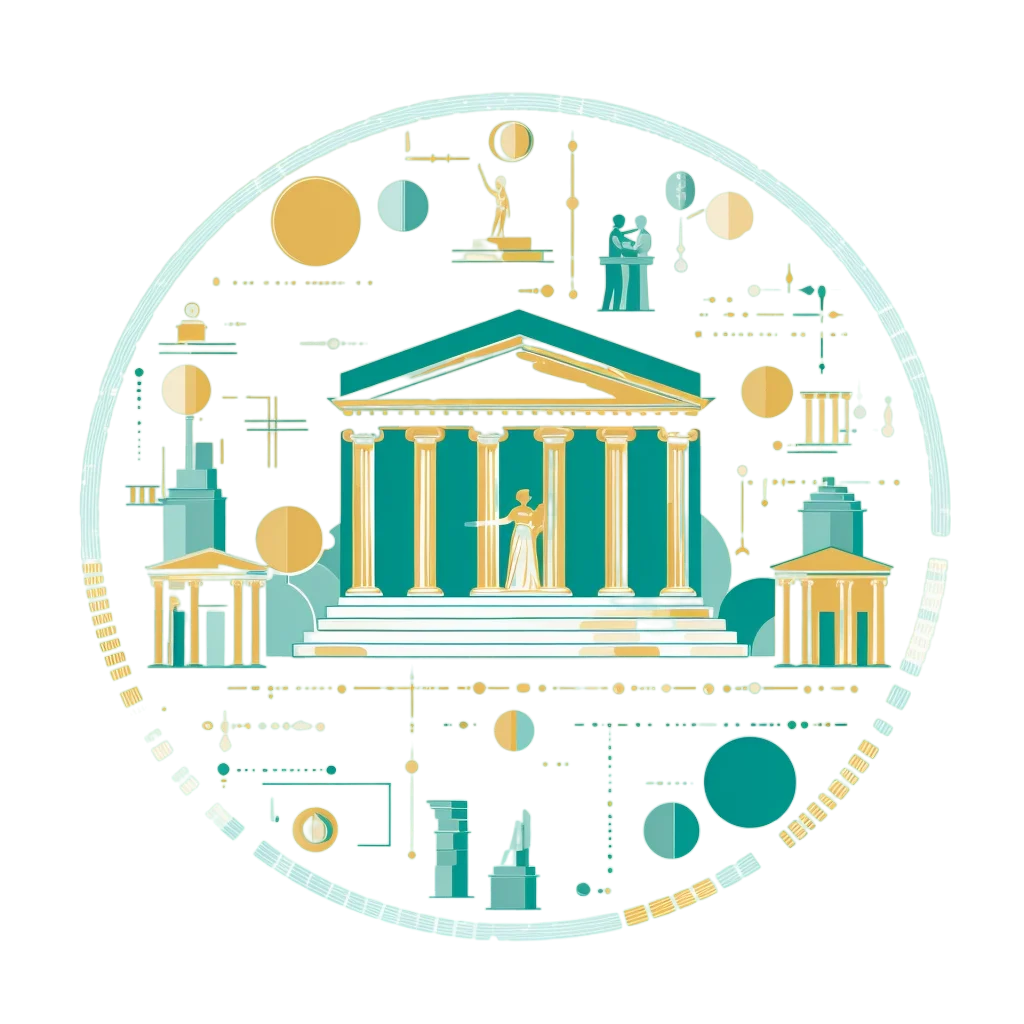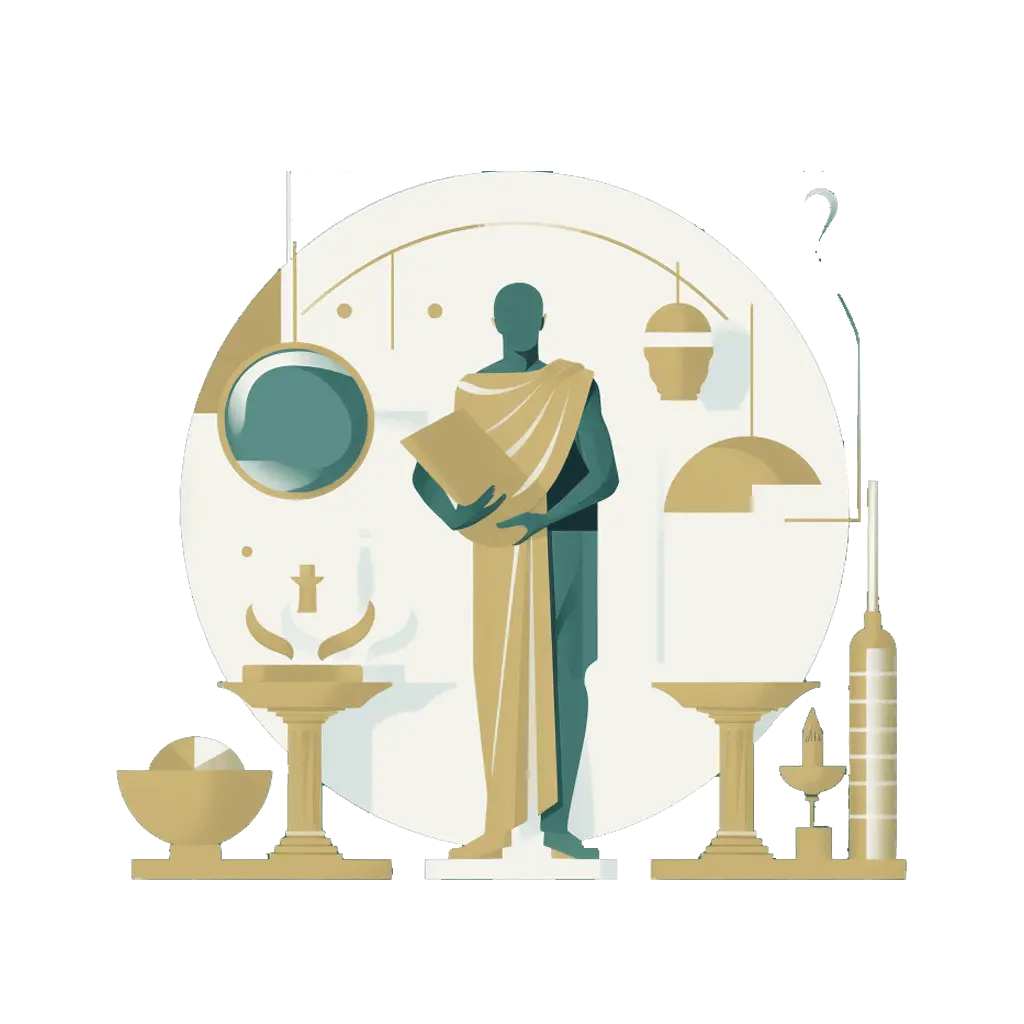
Comprehensive Analysis of TOGAF's BDAT Model: Business, Data, Application, and Technology
Introduction to BDAT in TOGAF
In the realm of Enterprise Architecture, the TOGAF framework utilises the BDAT model - an acronym for Business Architecture, Data, Application, and Technology. Each of these components plays a crucial role in the holistic development and implementation of enterprise architecture, ensuring that technology not only supports but enhances business operations.
The Four Pillars of TOGAF's BDAT Model
Business Architecture: The Blueprint of Organisational Strategy
The Business Architecture is the foundational layer in the BDAT model. It focuses on the design and structure of business strategy, governance, organisation, and key business processes.
Key Aspects:
- Aligns IT infrastructure with business goals.
- Ensures that enterprise architecture supports business processes.
- Facilitates change management and strategic planning.
Data Architecture: Managing Information as a Strategic Asset
Data Architecture encompasses the models, policies, rules, and standards that govern the collection, storage, arrangement, integration, and use of data in organisations.
Key Aspects:
- Defines how data is stored, arranged, and accessed.
- Ensures data consistency and integrity across the organisation.
- Supports effective data management and analysis.
Application Architecture: Bridging Business and Technology
Application Architecture in the BDAT framework refers to the development and deployment of applications that are aligned with the business goals.
Key Aspects:
- Ensures that applications meet current and future business needs.
- Facilitates system integration and interoperability.
- Supports scalability and flexibility in application development.
Technology Architecture: The Hardware and Software Foundation
The Technology Architecture defines the hardware and software infrastructure that supports the deployment and operation of business, data, and application services.
Key Aspects:
- Outlines the technological infrastructure required to support the other components of BDAT.
- Ensures the technology is scalable, reliable, and secure.
- Aligns IT infrastructure with current and future organisational needs.
Integrating BDAT into the TOGAF Framework
The integration of the BDAT model into the TOGAF framework ensures a comprehensive approach to enterprise architecture. This model assists organisations in aligning their IT strategy with their business vision, managing their data effectively, developing suitable applications, and implementing the right technology infrastructure.
Strategic Implementation
For successful implementation, it's critical to:
- Establish clear communication and collaboration among all stakeholders.
- Maintain consistent documentation and governance across all BDAT components.
- Regularly review and update each component in line with evolving business strategies and technological advancements.
Conclusion: The Synergy of BDAT in TOGAF
The BDAT model within TOGAF provides a structured approach to enterprise architecture, ensuring that every aspect of IT is aligned with the business's goals. By understanding and applying the principles of Business, Data, Application, and Technology architecture, organisations can achieve strategic objectives and maintain a competitive edge in their respective industries.





